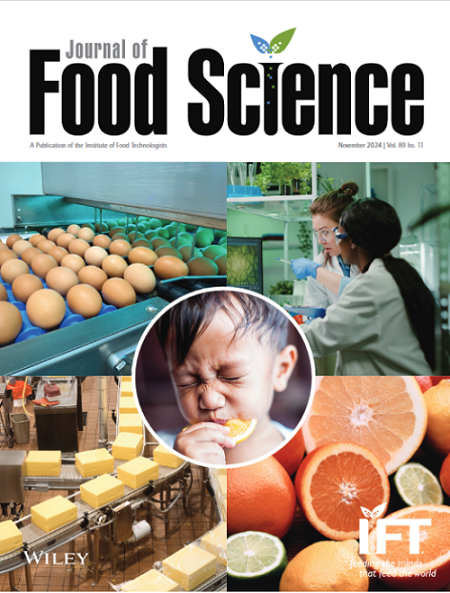Continuous exploration of innovative and sustainable solutions within green chemistry is imperative to tackle challenges inherent in traditional production processes. This study examined three novel methods for obtaining polyphenolic extracts from dill seeds: nonthermal high voltage electric discharge (HVED), subcritical water extraction (SWE), and microwave-assisted extraction (MAE). SWE was conducted at temperatures ranging from 100 to 200°C under 30 bar pressure, while MAE utilized a hydroethanolic solvent at temperatures from 40 to 120°C. HVED extraction was performed at varying frequencies (40–100 Hz) and durations (5–15 min) in water. The total phenolic and flavonoid content of the extracts was quantified, and antioxidant activity was evaluated via 2,2-diphenyl-1-picrylhydrazyl (DPPH) assay. Polyphenol content and DPPH radical scavenging capacity varied across techniques, with MAE at 40°C yielding the highest values. Increasing MAE temperature caused a steep decline in total phenol and flavonoid contents and a rise in DPPH IC50 values. Conversely, SWE significantly increased phenolic recovery at temperatures between 150–200°C. HVED extraction revealed frequency as the most critical parameter for phenolic recovery. Catechin (224.88 µg/mL), epicatechin (120.62 µg/mL), epigallocatechin (107.56 µg/mL), and procyanidin B1 (116.36 µg/mL) emerged as the primary phenolics. SWE demonstrated superior suitability for individual phenolic recovery compared with the other two techniques. Multivariate data analysis reveals relationships between extraction parameters and polyphenol recovery, underscoring the potential for eco-friendly and efficient extraction processes. This study highlights the transition toward sustainable extraction methods in modern industrial processing.
This study provides insights into innovative extraction techniques for obtaining polyphenols from dill seeds, which could be applied in the food, cosmetic, and pharmaceutical industries. The findings suggest that these eco-friendly methods can improve the efficiency of extracting antioxidants, offering manufacturers a greener and more effective approach to producing health-promoting ingredients.


